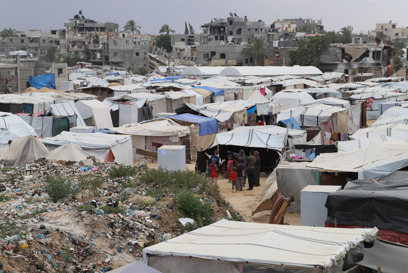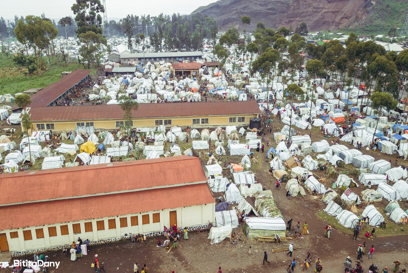In an era marked by escalating climate-related disasters, the importance of disaster preparedness has never been more evident. For communities like those in the Pacific, where sea level rise is already having an impact, proactive measures are essential to mitigate the devastating impacts of natural calamities.
Understanding the stakes
Australia's Pacific neighbours are particularly susceptible to extreme weather events. These events not only threaten lives but also exacerbate existing challenges like access to clean water, poverty, displacement and the destruction of key infrastructure.
Empowering communities through disaster preparedness
Disaster preparedness initiatives can focus on things like:
- Education and training such as community awareness sessions focused on extreme weather events, and resilience training.
- Sustainable agriculture where communities are supported with access to resources and training to ensure food security during extreme weather events.
- Local partnerships, ensuring that activities are culturally appropriate and community-driven.
- Infrastructure and resources such as warehouses containing emergency items and the construction of shelters designed to withstand extreme weather events.
These efforts aim to equip communities with the knowledge, skills, and resources needed to withstand and recover from disasters.
The broader implications
Disaster preparedness is not just about immediate response; it's about long-term resilience. By investing in proactive measures, communities can reduce the impact of disasters, protect livelihoods, and promote sustainable development.
Moreover, such initiatives foster a sense of empowerment among community members, enabling them to take charge of their safety and well-being.

















